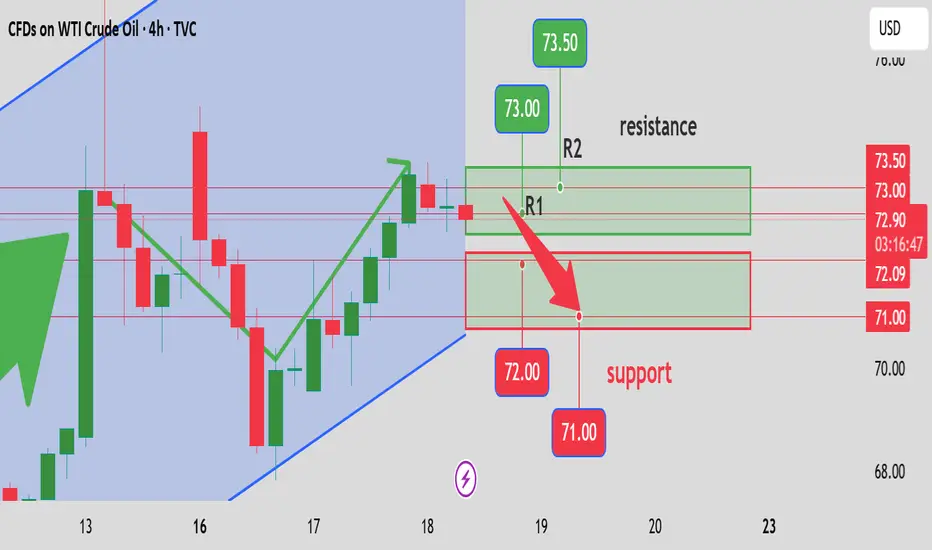Recently, crude oil market prices have fluctuated sharply. The price of light crude oil futures for July delivery surged by $3.07 to close at $74.84 per barrel, up 4.28%; the price of Brent crude oil futures for August delivery rose by $3.22 to close at $76.45 per barrel, up 4.4%. This significant increase is mainly driven by the geopolitical risk premium triggered by the escalation of conflicts between Israel and Iran, combined with the fundamental support of declining U.S. crude oil inventories and high-load operation of refineries. However, during the Asian trading session on June 17, the price of U.S. crude oil retracted to around $70.8 per barrel, as media reports said that Iran was seeking negotiations to promote a ceasefire, easing concerns about energy supply disruptions in the region. However, as the conflict between the two sides has shown a two-way escalation trend, market participants are still worried about the possibility of Iran blocking the Strait of Hormuz, leading to repeated market sentiment and the oil market facing the risk of violent consolidation.
From June to August, it is traditionally the peak season for oil product consumption in the United States and the northern hemisphere. The summer travel peak usually drives up demand for gasoline, aviation fuel, etc. However, in 2025, the tariff policies and trade protection measures implemented by the United States have led many financial institutions to lower their global crude oil demand growth forecasts. Goldman Sachs lowered its 2025 demand growth forecast from the original 800,000 barrels per day to 300,000 barrels per day, and Morgan Stanley also lowered its demand growth forecast to 500,000 barrels per day. Global major energy agencies such as EIA, IEA, and OPEC have also synchronously lowered this year's crude oil demand growth forecast, with the overall forecast decreasing by 200,000 to 400,000 barrels per day. Although seasonal demand has growth potential, the hidden worries of trade friction and economic slowdown make it difficult for the demand side to become a strong driving force for the continuous rise of oil prices.
Today's crude oil trading strategy, I hope it will be helpful to you
USOIL SELL73~73.5
SL:74.5
TP:72.5~72
From June to August, it is traditionally the peak season for oil product consumption in the United States and the northern hemisphere. The summer travel peak usually drives up demand for gasoline, aviation fuel, etc. However, in 2025, the tariff policies and trade protection measures implemented by the United States have led many financial institutions to lower their global crude oil demand growth forecasts. Goldman Sachs lowered its 2025 demand growth forecast from the original 800,000 barrels per day to 300,000 barrels per day, and Morgan Stanley also lowered its demand growth forecast to 500,000 barrels per day. Global major energy agencies such as EIA, IEA, and OPEC have also synchronously lowered this year's crude oil demand growth forecast, with the overall forecast decreasing by 200,000 to 400,000 barrels per day. Although seasonal demand has growth potential, the hidden worries of trade friction and economic slowdown make it difficult for the demand side to become a strong driving force for the continuous rise of oil prices.
Today's crude oil trading strategy, I hope it will be helpful to you
USOIL SELL73~73.5
SL:74.5
TP:72.5~72
Trade active
I will share accurate data and strategies every day. Thank you for your attention.Disclaimer
The information and publications are not meant to be, and do not constitute, financial, investment, trading, or other types of advice or recommendations supplied or endorsed by TradingView. Read more in the Terms of Use.
Disclaimer
The information and publications are not meant to be, and do not constitute, financial, investment, trading, or other types of advice or recommendations supplied or endorsed by TradingView. Read more in the Terms of Use.
